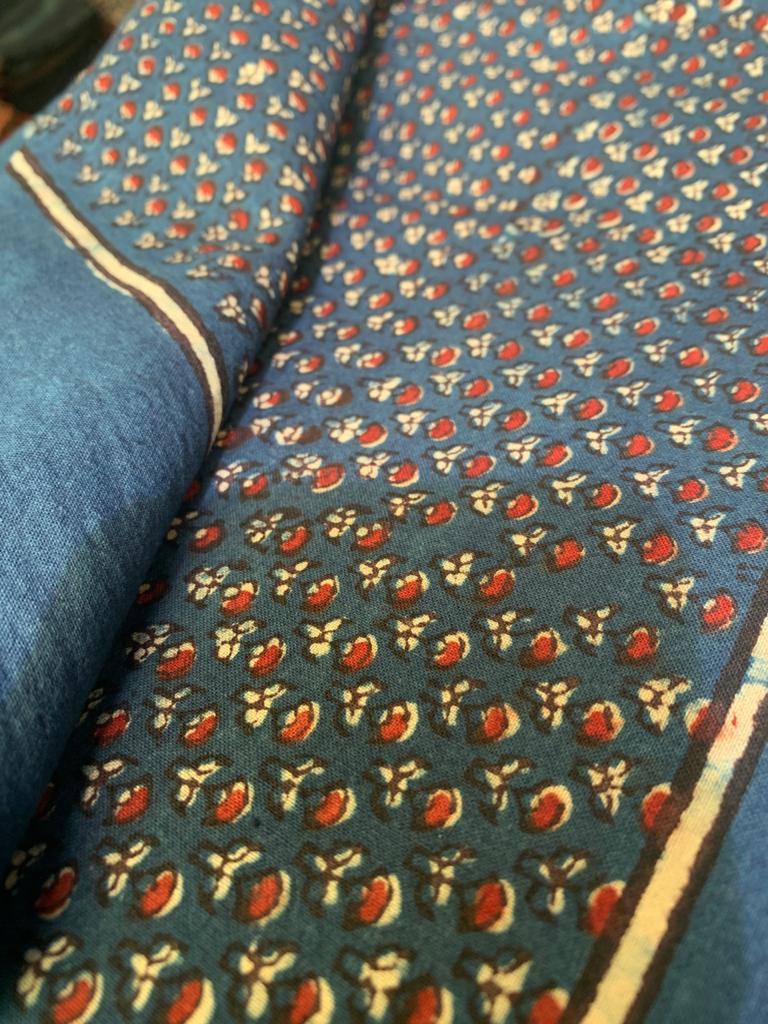Hookah is a form of smoking pipe common among the people of Haryana. It is a tobacco smoking pipe that consists of a long narrow pipe that draws smoke from water trapped in a cup. It is made up of different parts that are put together to form one hookah. Hookah is an important part of Haryanvi community as smoking hookah is associated with being respectable. Hookah in Haryana is also known as hookhi, hookti, or kali. “Panchon ka pyaala” (gathering of five) is a common phrase that suggests that at least four to five people sit down to smoke a hookah and talk about the ongoings in the village and society. Hookah is regarded as a sign of brotherhood in Haryana. It is prepared with tobacco and coal and given to the eldest to smoke first as a sign of respect. Throughout the state, men can be found smoking hookah during the day at various social gathering places.
A hookah is made up of various parts, namely, Chillum, Tanki or Gatta, Necha, Kulfi, Neh or Naad, Gajj, and Chakri. Chillum is placed on top of the hookah. It is usually made of terracotta, wood, or metal with a mud lining from the inside and contains tobacco and coal. Tanki refers to the bottom portion of a hookah where water is poured. It is constructed of metal, wood, or terracotta. The necha is made up of two wooden pipes that are joined together with metal wires and are directly linked to the tanki. The necha has fabric wrapped around it so that chillum can rest snugly on it. Kulfi is attached to the top of the other necha. It is usually a bent piece of wood or metal. The other end of the kulfi is connected to a neh, which is used to draw filtered smoke when smoking hookah. The necha and neh are further strengthened with thin rods called gajj, which can be made of wood or metal. Each component of the hookah is meticulously handcrafted. Rohida (tecomella) wood is preferred for hookah construction by craftspeople in Badhra village, Charkhi Dadri district, due to its high moisture content.
Gallery
YOUR VIEWS
PRACTITIONERS: INDIA
Access 70,000+ practitioners in 2500+ crafts across India.
BIBLIOGRAPHY
10,000+ listings on arts, crafts, design, heritage, culture etc.
GLOSSARY
Rich and often unfamiliar vocabulary of crafts and textiles.
SHOP at India InCH
Needs to be written.






